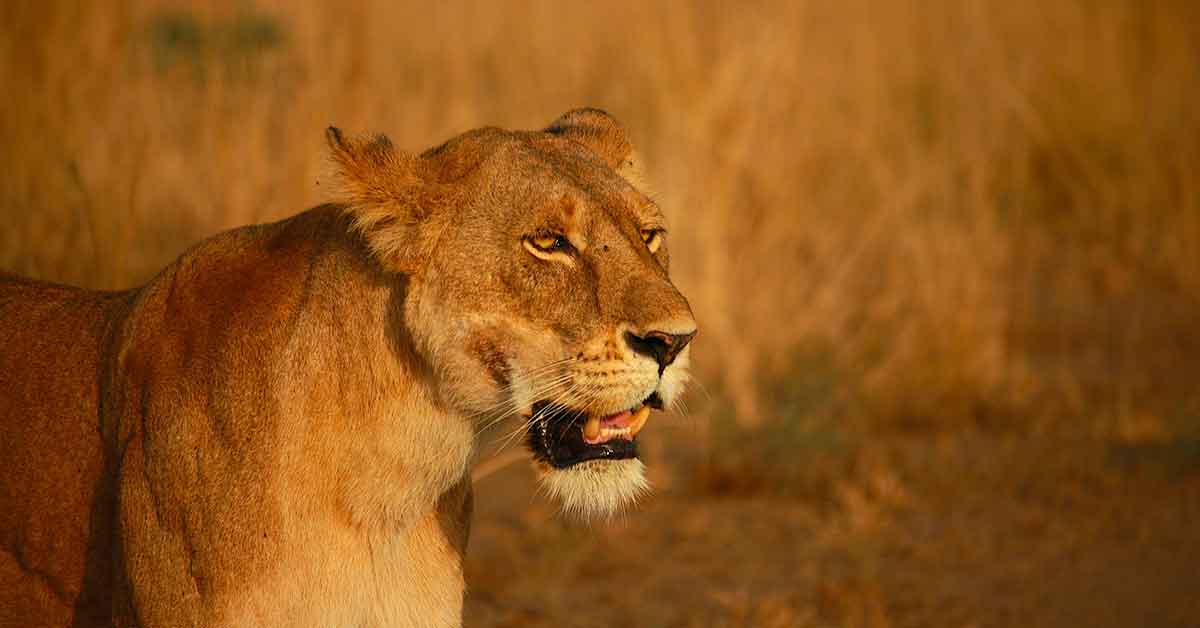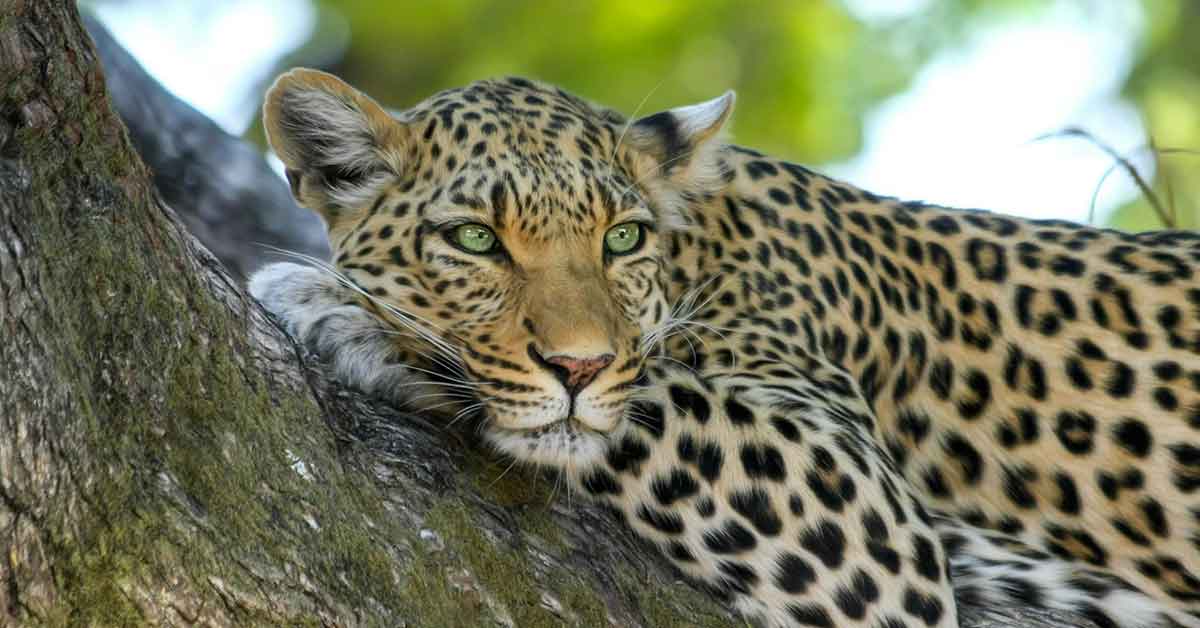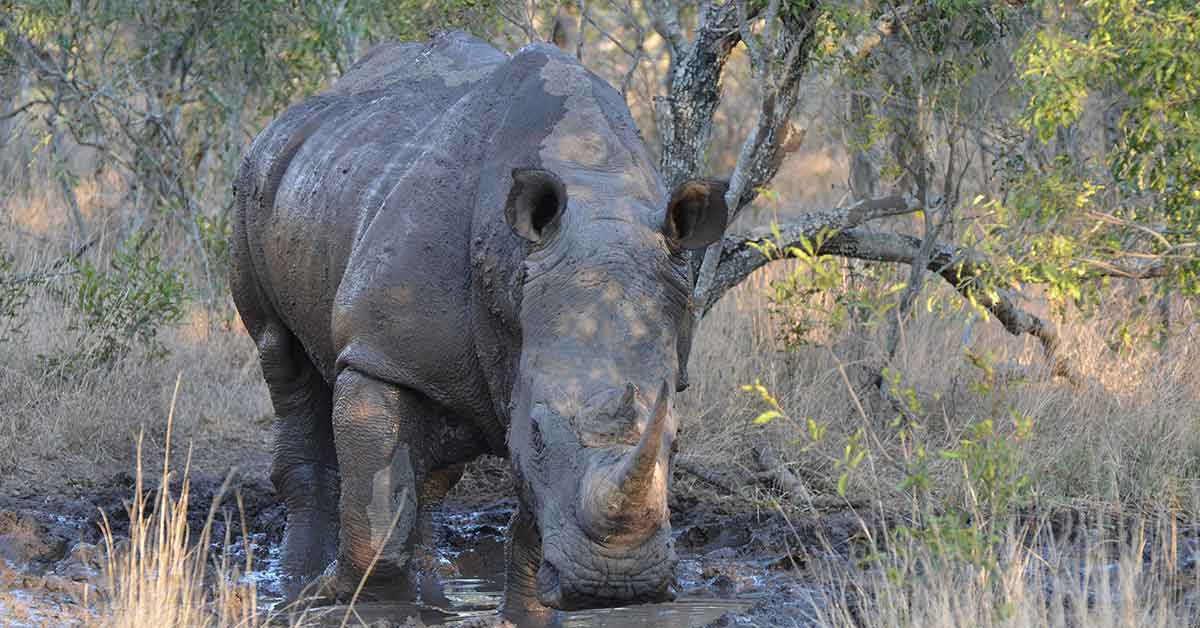Is it possible kayaking on Murchison Falls, embarking on a kayaking journey down the powerful…

Murchison Falls National Park, located in Uganda, is a renowned wildlife conservation area, spanning approximately 3,840 square kilometers. Murchison falls is a home of 250 lions and other diverse range of wildlife. The African lion [Panthera leo], often referred to as the “King of the Jungle,” are a top predator in Murchison falls.
Lions in Murchison falls play a pivotal role in maintaining the ecological balance within the park’s ecosystem. They are part of the “big five” group of animals sought after by wildlife enthusiasts and photographers visiting the park. This group also includes elephants, leopards, rhinoceros, and buffalo. The lion’s prominence is not merely due to its status as an apex predator, but also because of the cultural and economic significance it holds.
To monitor the lion population Murchison Falls, wildlife conservation organizations, researchers, and park authorities conduct regular surveys and use various methods such as camera traps, radio collars, and visual observations. These surveys provide essential data on population trends, social structure, and individual identification to aid in the effective management and conservation of these magnificent animals.
In Murchison Falls National Park conservation efforts are essential for the protection and preservation of lions. The park’s management focuses on maintaining a stable lion population while mitigating the threats that lions face. These threats include habitat loss, human-wildlife conflicts, poaching, and diseases like canine distemper. Habitat loss occurs as a result of agricultural expansion, human settlement, and infrastructure development, which often encroach on the park’s boundaries.
Conservationists and local communities in and around the park work together to address these threats. Community-based conservation initiatives aim to foster a sense of ownership and shared responsibility for the park and its wildlife. This involves providing incentives for local communities to support lion conservation and offering alternative livelihoods to reduce their reliance on livestock, which is often targeted by lions.
In conclusion, the lion population in Murchison Falls National Park is a vital component of the park’s ecosystem and a symbol of Africa’s rich wildlife heritage. Effective conservation measures are essential to ensure that lions continue to thrive in this protected area and that their presence remains an integral part of the park’s ecosystem and a source of pride for Uganda and the world. Through collaborative efforts between conservation organizations, park authorities, and local communities, the lives of lions are protected.


